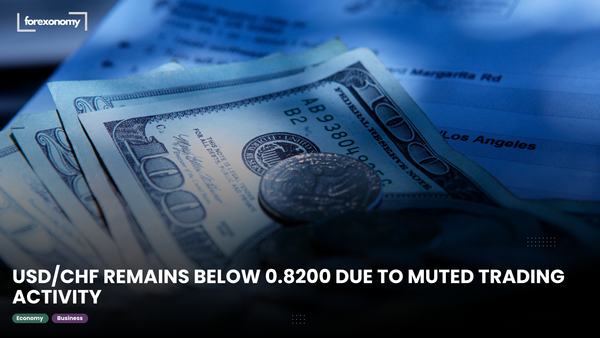USD/CAD Volatility Amid Trade Tensions and Recession Fears

USD/CAD Volatility Amid Trade Tensions and Recession Fears
At the start of April, USD/CAD dropped to the 1.40 level, influenced by broad USD weakness following the announcement of U.S. tariffs on Liberation Day.
The pair subsequently rebounded, reflecting market adjustments to the evolving trade situation.
President Donald Trump imposed significant tariffs on various imports, including a 25% levy on U.S. auto imports, aiming to address trade imbalances.
These measures heightened concerns about a potential global recession, leading to increased demand for safe-haven assets and influencing currency markets.
Canada's economy shed 33,000 jobs in March, marking the first monthly decline in over three years, with the unemployment rate rising to 6.7%.
The labor market contraction fueled speculation that the BoC might implement interest rate cuts, with market expectations for a rate reduction at the upcoming April 16 policy meeting rising to 65%.
Oil prices experienced a significant drop, with a 7.5% decrease to $61.93 per barrel, amid escalating trade tensions and recession fears.
As a major oil exporter, Canada's currency is sensitive to oil price movements, with declines often leading to CAD depreciation.





